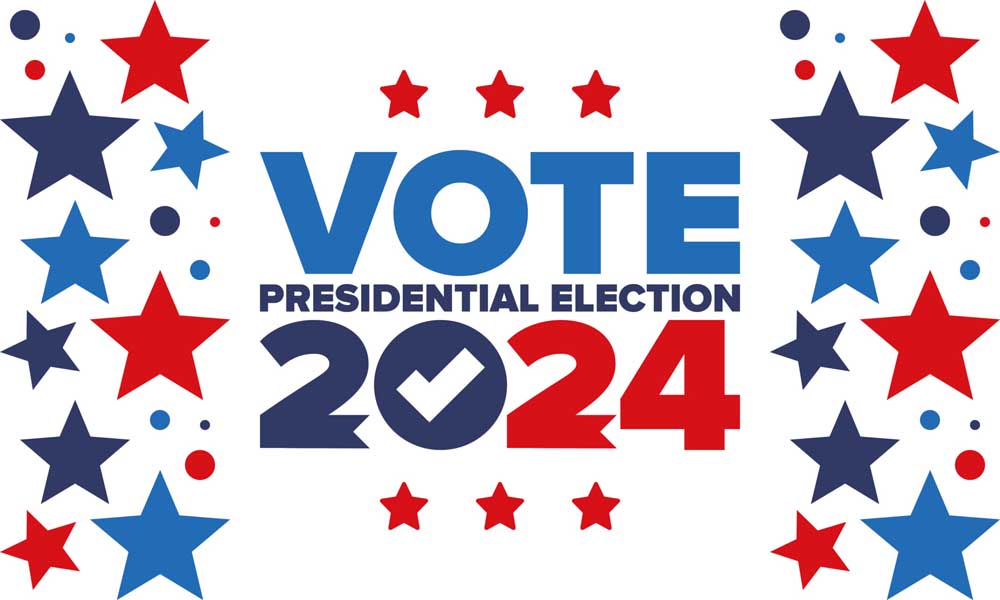Editorial: Will Measure 118 really reduce the poverty rate by 36%?
Published 5:00 am Saturday, September 28, 2024

- Election
Supporters of Oregon Ballot Measure 118 single out the impact of their ballot measure on poverty. Under “Get the facts,” their website says: “Cuts childhood poverty in half — Measure 118 will decrease the poverty rate in Oregon by 36% and gives options to families. Estimates show the measure will decrease childhood poverty in Oregon by 49% and reduce poverty among senior Oregonians by 9%.”
Create a new tax in Oregon, collect up more than $6 billion from companies and give every resident a check for $1,600, and it follows that might be enough to boost some people over the thresholds the federal government has for poverty.
Trending
There would likely be other “facts” that Measure 118 supporters aren’t highlighting, including companies charging higher prices because of the taxes. But those specific poverty percentages? We wondered where they came from. The Yes! On 118 folks don’t hide where they got their information. There’s a direct link to policyengine.org.
We knew nothing about that organization, however. Never heard of it.
We became extra curious, because when we went to policyengine.org and ran the simulation for the policy ourselves, we didn’t get the same results. Our results said Measure 118 would reduce poverty by 31% overall, decrease childhood poverty by 41.7% and decrease poverty for seniors by 29%. Not as good overall, but better for seniors. With help from the people backing Measure 118, we got in contact with Max Ghenis, the co-founder and CEO of PolicyEngine.
Ghenis used to be a data scientist at Google. He got interested in the idea of universal basic income. Google gave a grant to an organization to test universal basic income in Kenya. The goal was to see if it giving people money is a good way to alleviate poverty. Poverty programs, no matter how they are designed, have limitations. Many have income cliffs where people lose their benefits. For instance, Ghenis’ brother suffered a severe spinal cord injury. And Medicaid has its own income cliffs. One idea behind universal basic income is that giving everyone a universal basic income dodges cliffs.
Ghenis left Google. He went back to school and got a degree in economics. He launched UBI Center to do research on universal basic income. He later launched the nonprofit PolicyEngine to perform microsimulations to study the impact of public policies, such as tax credits, universal basic income and, as it turns out, Measure 118.
Microsimulations are like models of the economy. They have a set of rules. They have data sets. They marry the two to create a simulation of what might happen. The Congressional Budget Office uses them. Think tanks use them. They are a tool for all kinds of public policy analysis.
Trending
So with Measure 118, the PolicyEngine simulation tries to tell people what would happen if you introduced Measure 118 into the Oregon economy.
Why do the results differ that we got from what Measure 118 supporters have on their website?
Ghenis told us his team is always working on the simulation. They are updating it. They are trying to improve it. Supporters of Measure 118 are using results from an earlier version of the simulation.
How accurate is the simulation?
We’ll never know the answer, for certain. Oregon voters could pass Measure 118, wait a few years and find out how similar the results are. But many things will change between now and then.
What are limits on the simulation?
Ghenis was open about it. He said there are things that are not known. For instance, he wondered if the federal government would tax the checks that Measure 118 sends out. That would have an impact on how much benefit Oregonians would get from it. He said there is also no 100% agreement on a perfect model to simulate what people do when they get a check like this.
“The main areas that people disagree on and that we are working to add flexibility in our model, is how do people respond when policies like these go into effect?” he said. “So if you give someone $1,000 and they are $500 below the poverty line, you could say that $1,000 … is going to move them above the poverty line. But it’s possible that they reduce the amount that they earn to spend more time with their kids or otherwise.”
His simulation assumes there is no income effect — no change in behavior — because of the increase in income. His team is working on adding flexibility into the model to allow people to make different assumptions.
So how accurate is the claim by supporters of Measure 118 that their ballot measure will reduce poverty in Oregon by the specific percentages on their website? It’s not an unreasonable claim to make. It’s an estimate based on a prediction by a simulation that, of course, like any simulation can’t promise it will be 100% accurate.








